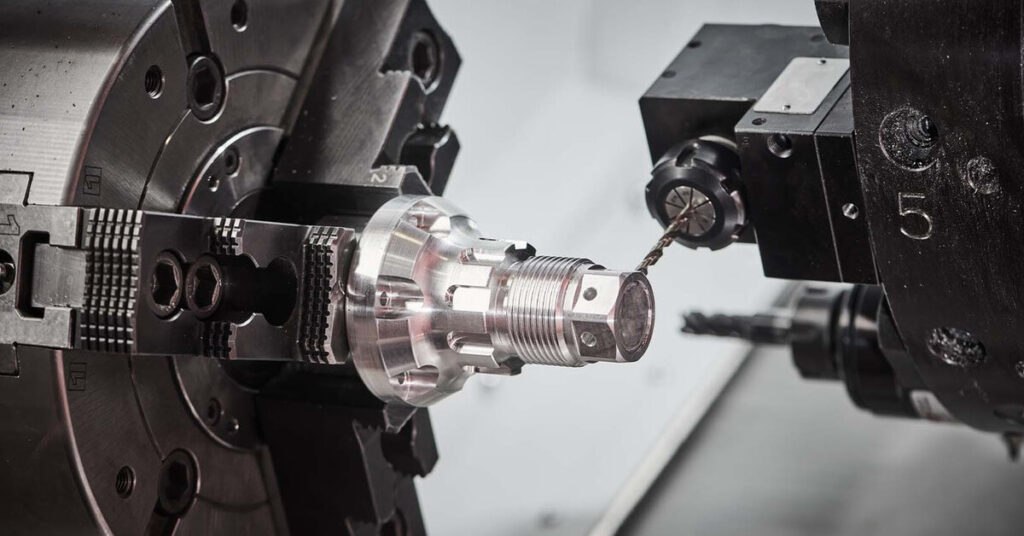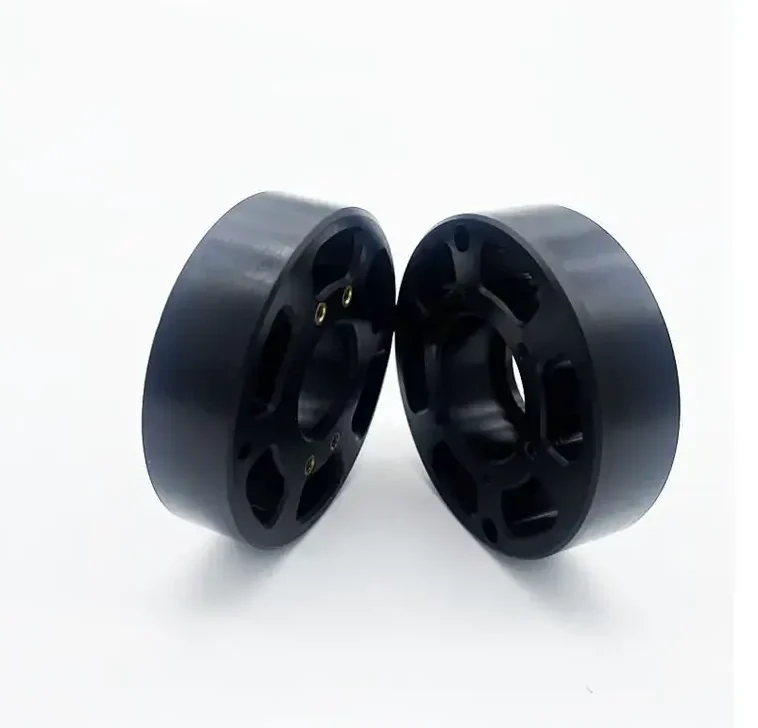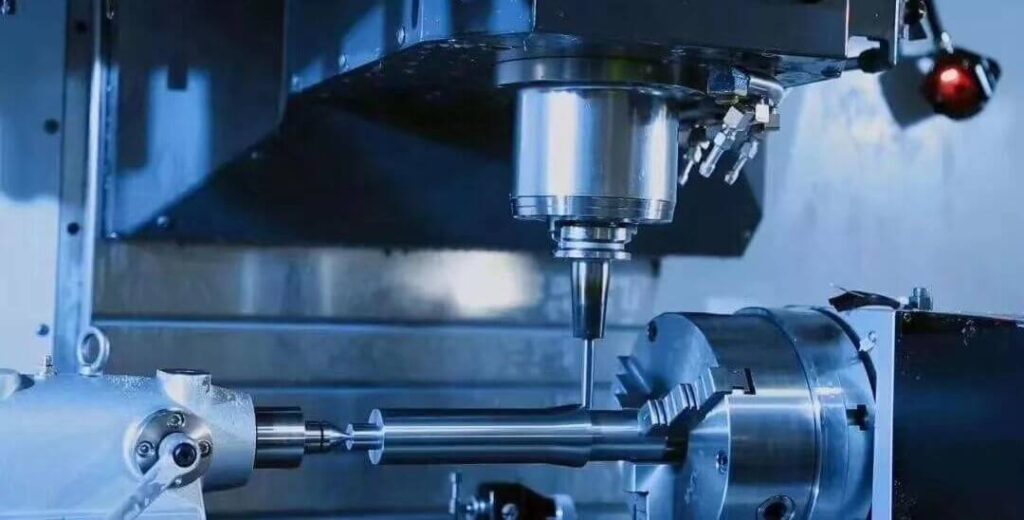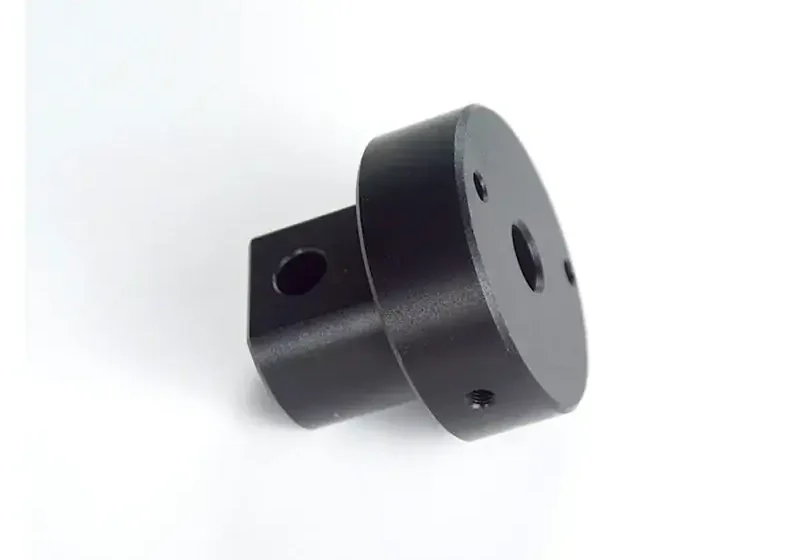Introduction to CNC Prototype Machining
CNC prototyping is the process of creating physical prototypes of products using computer numerical control (CNC) machines. This technology has revolutionized the manufacturing industry by enabling rapid production of prototypes with high precision and accuracy. Aztec Manufacturing Corporation has been providing production and prototyping solutions to the automotive industry.
In this article, we will explore what CNC prototyping is and when it is appropriate to use this method.
CNC prototype machining utilizes computer-aided design (CAD) software to create a virtual model of the desired product. This model is then converted into a set of instructions that the CNC machine can understand and execute. The machine uses these instructions to precisely cut, shape, and form the prototype from a variety of materials, such as metal, plastic, or wood.

One of the main advantages of CNC prototype machining is its ability to produce prototypes quickly and efficiently. Traditional prototyping methods such as manual machining or 3D printing can be time-consuming and labor-intensive. CNC machines, on the other hand, can produce prototypes in hours or days, depending on the complexity of the design. This speed enables faster iteration and improvement of products and ultimately shortens time to market.
Another advantage of CNC prototype machining is its high level of precision and accuracy. CNC machines are capable of making extremely precise cuts and measurements, resulting in prototypes that closely resemble the final product. This level of accuracy is crucial for testing and evaluating the functionality and performance of the prototype before moving on to mass production.

CNC prototype machining is particularly useful in industries where product development and innovation are key, such as aerospace, automotive, and medical. These industries often require the creation of complex and intricate parts that must meet strict quality standards. CNC machines can easily handle these requirements, producing prototypes that are not only visually appealing but also functionally reliable.
Furthermore, CNC prototype machining allows for the production of prototypes with a wide range of materials. This versatility is important as different materials have different properties and characteristics. By using the appropriate material for the prototype, engineers and designers can accurately assess its performance and make necessary adjustments before finalizing the design.

In conclusion, CNC prototype machining is a powerful tool in the product development process. Its ability to quickly produce high-quality prototypes with precision and accuracy makes it an invaluable asset for industries that rely on innovation and efficiency. By utilizing CNC machines, engineers and designers can save time, reduce costs, and improve the overall quality of their products. Whether it is for testing, evaluation, or presentation purposes, CNC prototype machining is a reliable and effective method for bringing ideas to life.
